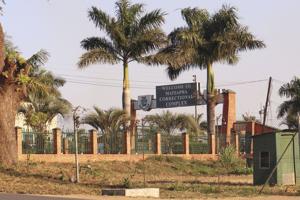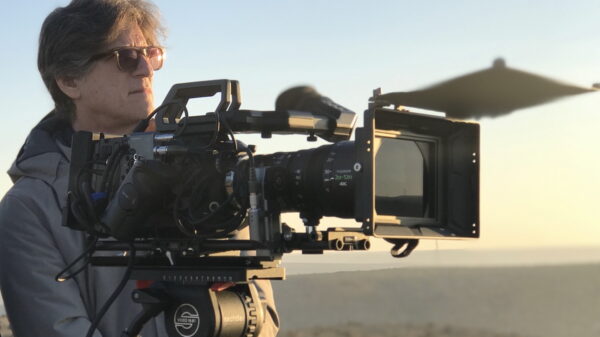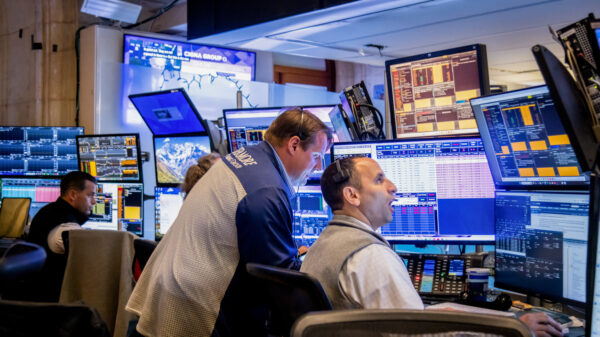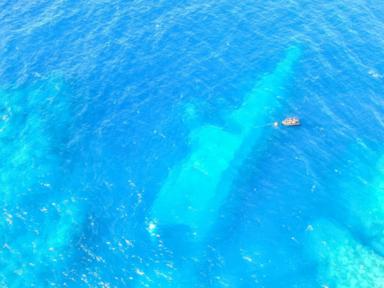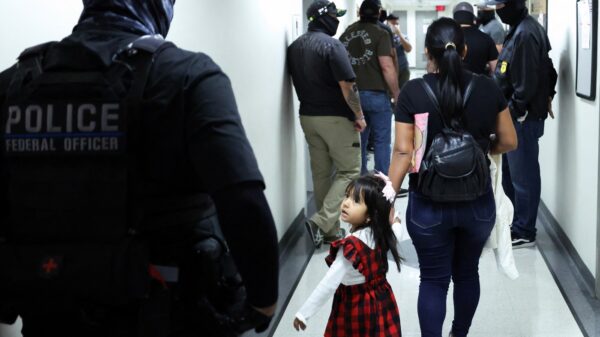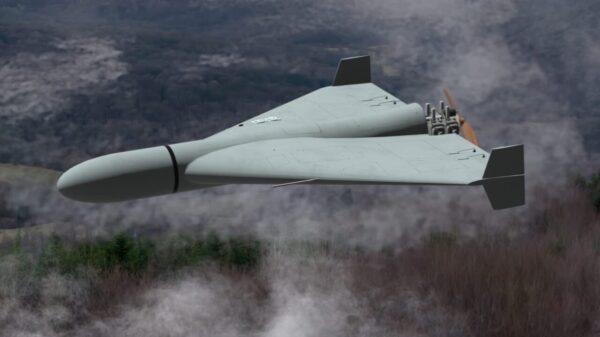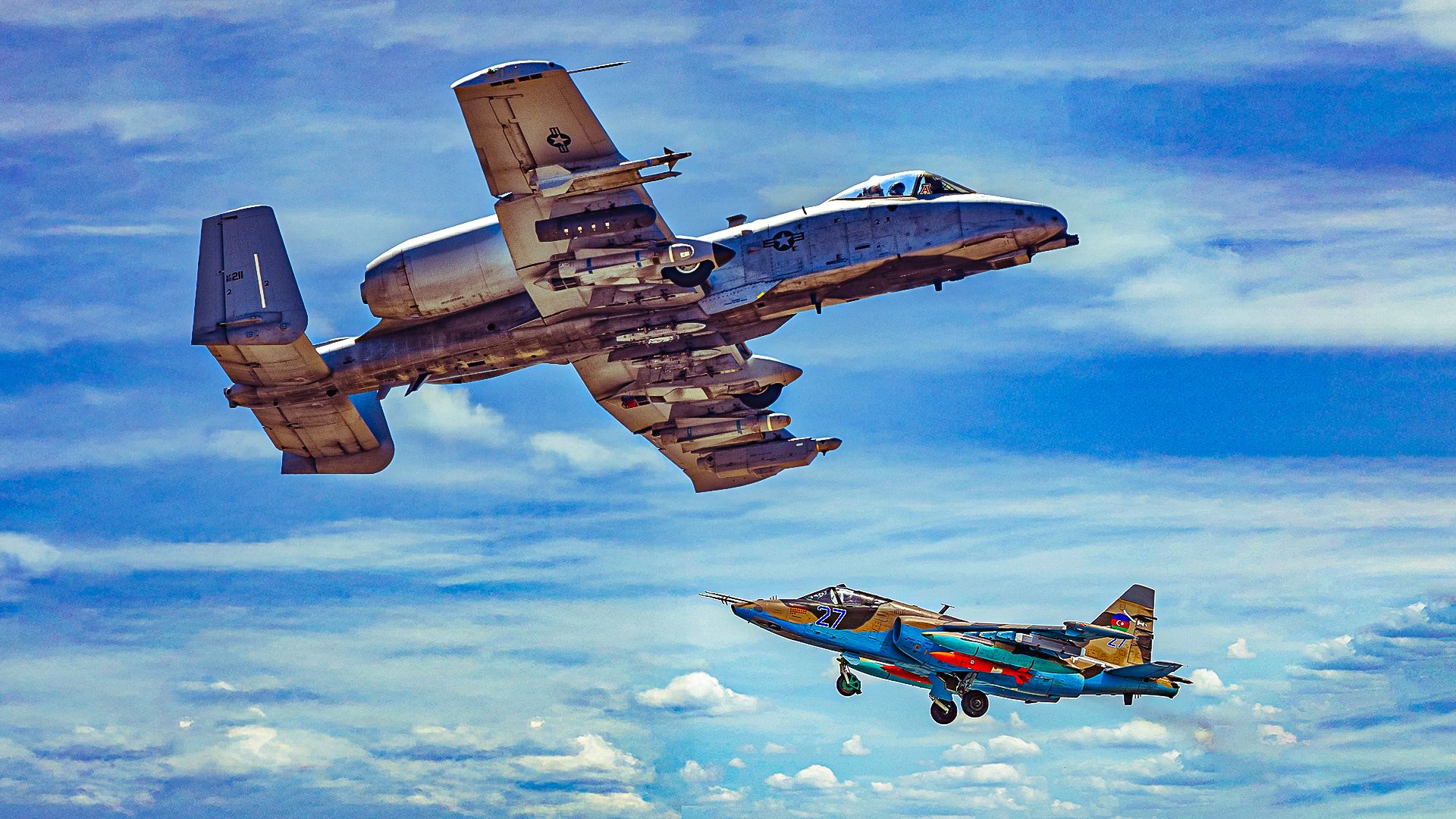The A-10 Warthog and the Su-25 Frogfoot are two aircraft designed for close air support, yet they differ significantly in size, performance, and operational roles. The Fairchild A-10, known for its durability and heavy armament, boasts a larger wingspan, longer length, and greater maximum takeoff weight compared to the Sukhoi Su-25. Specifically, the A-10 can reach a maximum takeoff weight of 51,000 lbs, while the Su-25 tops out at 38,800 lbs. This article delves into how these aircraft compare across various dimensions and capabilities.
Both aircraft are heavily armed and designed for similar combat roles, but they present distinct advantages and disadvantages. The A-10, with a top speed of 420 mph, is outpaced by the Su-25, which can reach approximately 600 mph. Notably, the Su-25 is constructed with a more substantial titanium armor, adding to its survivability, especially in contested environments. Both planes feature an armored cockpit, referred to as a “bathtub,” to protect pilots during operations.
Specifications Comparison
The A-10 Thunderbolt II and Su-25 Frogfoot offer contrasting specifications, which highlight their different design philosophies. The A-10 is recognized for its powerful 30mm GAU-8/A Gatling gun and its ability to carry a maximum payload of 16,000 lbs across eight under-wing and three under-fuselage pylons. In contrast, the Su-25 carries a 30mm Gryazev-Shipunov GSh-30-2 autocannon and can transport up to 9,700 lbs of munitions on eleven external hardpoints.
Here is a breakdown of key specifications from both aircraft:
| Specification | A-10 | Su-25 |
|---|---|---|
| Manufacturer | Fairchild Republic Co. | Sukhoi |
| Power Plant | Two General Electric TF34-GE-100 turbofans | Two Soyuz / Gavrilov R-195s turbojet |
| Thrust | 9,065 lbs each (40.32 kN) | 9,930 lbs each (44.18 kN) |
| Length | 53 ft, 4 in (16.16 m) | 50 ft, 11 in (15.53 m) |
| Wingspan | 57 ft, 6 in (17.42 m) | 47 ft, 1 in (14.36 m) |
| Speed | 420 mph (675 km/h) | 602 mph (970 km/h) |
| Ceiling | 45,000 ft (13,636 m) | 22,965 ft (7,000 m) |
| Max Takeoff Weight | 51,000 lbs (22,950 kg) | 38,800 lbs (17,600 kg) |
| Range | 800 miles (695 nautical miles) | 405 nautical miles (466 miles, 740 km) |
| Armament | One 30mm GAU-8/A Gatling gun; up to 16,000 lbs of mixed ordnance | One 30mm GSh-30-2 autocannon; up to 9,700 lbs of munitions |
The operational differences are also noteworthy. The Su-25 is designed for rapid deployment and can operate from shorter, less prepared airstrips. This allows it to be positioned closer to the front lines, enabling quicker air support for ground troops. Conversely, the A-10’s longer range and ability to loiter over battlefields provide it with an advantage in endurance, allowing for more sustained operations.
Operational Strategies and Future Outlook
The operational philosophies of the Russian Air and Space Force (RuASF) and the United States Air Force (USAF) further differentiate how each aircraft is employed. The Su-25 is often kept in a state of readiness near conflict zones, ready to respond rapidly to ground requests for air support. This strategy allows it to leverage its speed and agility.
In contrast, the A-10 is typically stationed at forward airbases, where it can orbit potential hotspots, waiting to assist troops on the ground. Although the A-10 may not match the speed of the Su-25, its ability to carry a larger payload and remain airborne longer often translates to a quicker response time for close air support missions.
As of 2025, the A-10 remains a popular choice among pilots and ground crews despite facing plans for phased retirement. The USAF aims to decommission 56 Warthogs this year as part of a broader transition towards modern platforms like the F-15EX Eagle II and F-35A Lightning II, with complete divestment expected by 2029.
Meanwhile, the Su-25 fleet has faced challenges, particularly amid the ongoing conflict in Ukraine, where estimates suggest that around 40 Su-25s have been downed since the 2022 invasion. The Russian military’s reliance on the Su-25 has been complicated by increased air defense capabilities from Ukraine, as well as sanctions impacting the Russian aerospace industry.
The future of close air support may ultimately rest with newer technologies. The USAF is investing significantly in stealth technology and fifth-generation platforms, envisioning a landscape where aircraft can operate undetected in enemy airspace. This approach would allow precision strikes with reduced risk, potentially making traditional aircraft like the A-10 and Su-25 less relevant in future conflicts.
In conclusion, while the A-10 Warthog and Su-25 Frogfoot serve similar purposes, their design, capabilities, and operational strategies highlight significant differences. The A-10’s resilience and firepower stand in contrast to the Su-25’s speed and agility, reflecting the distinct military doctrines of the United States and Russia. As both aircraft face an uncertain future, their roles in modern warfare continue to evolve, influenced by advancements in technology and changing battlefield dynamics.

